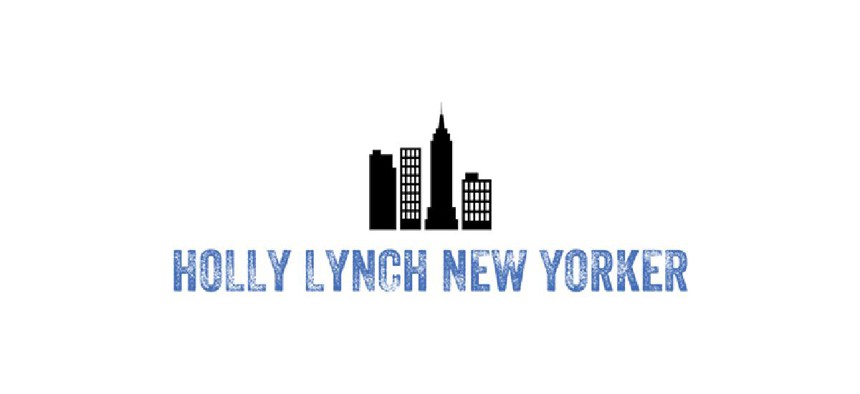Say the word “Manhattan” to me, and I see the skyline I love coming home to. Iconic buildings reaching to new heights, man-made mountains of apartments and commerce pulsing and engulfing an entire island.
Fittingly, when the Lenape Indians traveled down the later to be named Hudson River with early Dutch settlers in 1609, they saw an equally dramatic skyline of many green and granite hills. And they called it Manhattan, meaning, Island of Many Hills.
Those hills are the literal and historic bedrock that’s enabled the ever-evolving Manhattan landscape to thrive and grow, vertically, but also culturally, economically and technologically. These natural and then steel-enforced peaks and valleys—ebbs and flows—ups and downs are a perfect metaphor for Manhattan and its hold on power and influence.
Manhattanites like me know better than anyone that when Wall Street is up, so are we, but we could be down the next day, and when we're down, the only way back up is to dig deep into our gritty backbones for the strength to stand. We don’t shy away from a challenge. Adversity and diversity are a part of living in New York. And it’s that very tzheme of living in “New York, New York” that ushers in every grueling marathon of 50,000+ international runners.
Historically Manhattanites have survived the Great Fires of 1776, 1835 and 1845, draft riots, race riots and regular riots. We’ve had depressions; recessions; the entire 1970s and at least one Black Monday. We’ve helped one another through 9/11 and every other terrorist attack on our great city. We’ve continued through tornadoes, hurricanes, floods and even Robert Moses.
For the majority of the people living in our fair (ahem) city, just getting TO this island in the first place is an almost insurmountable challenge. But Surviving in Manhattan, the most expensive place in the nation, has its own ups and downs Those of us who do find a way to thrive here do so because we joyride on the volatility and constant commotion. It’s like a drug, calling us back to the streets.
My borough boasts of 1.6 million residents who have to live with by some estimates six million other humans coming to Manhattan on a daily basis for both work and pleasure. This is a very unique feature about Manhattan specifically. At any moment I’m outnumbered 6-1 by tourists and commuters.
Perhaps Manhattan and Manhattan-living are a grand social experiment in resiliency. New Yorkers may not have time—but we do have stoicism. (And I do not recommend getting on the New York City subway without it.) The power in Manhattan is the strength of its people. It’s the power to adapt; the power to change and the power to host the world’s people every day (whether you like it or not).
And so, it seems our earliest Lenape friends, had not only the power of observation, but of prescience. Predicting our undying capacity to rise above every hill—and obstacle.
NEXT STORY: Make New York City’s public advocate a real job


